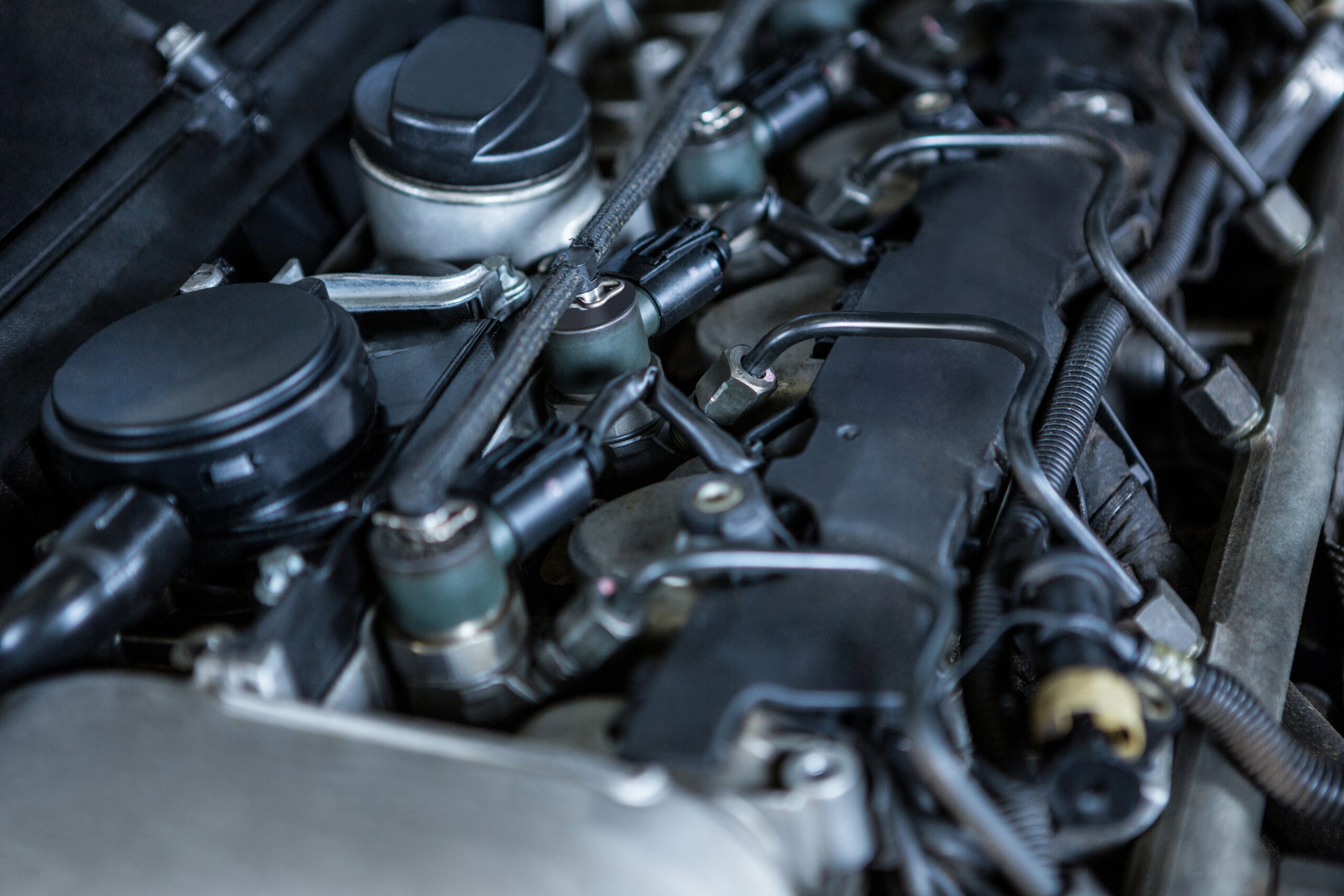Mastering common car repairs is the key to confidently navigating the challenges of car maintenance and addressing issues proactively. Driving down the road of car ownership often comes with the occasional speed bump – common car repairs and issues. In this detailed guide, we will walk you through the essential steps and tips on how to effectively handle these challenges, turning you into a confident car DIYer.
I. Diagnostic Discovery: Decoding Your Car’s Messages
Understanding your car’s warning signals is the first step to effective troubleshooting.
a. Listen attentively to unusual engine sounds
Cars communicate through sounds. Listen for unusual clicks, knocks, or squeaks, which can be indicative of underlying issues.
b. Interpreting Warning Lights
Dashboard warning lights are your car’s way of speaking. Decipher common symbols to identify potential problems early on.
c. Odor Observations
Unusual or strange car smells, such as burnt rubber or a sweet scent, can provide crucial clues about engine or brake issues.
II. Under the Hood Mastery: DIY Checks and Fixes
Empower yourself with basic DIY skills to keep your car running smoothly.
a. Fluid Foundations: Checking and Topping Up
Regularly inspect and replenish essential fluids – oil, coolant, brake fluid, and transmission fluid.
b. Battery Basics: Checking and Replacing
Learn to check your car battery’s health and replace it when necessary to avoid unexpected breakdowns.
c. Belt Ballet: Inspecting and Replacing Worn-out Belts
Understand the role of belts in your engine, and know when it’s time to replace them to prevent major damage.
III. Tire Tactics: Handling Rubber Road Warriors
Tires are your car’s only contact with the road; keep them in top shape.
a. Pressure Points: Maintaining Optimal Tire Pressure
Regularly check and adjust car tire pressure to ensure proper handling, fuel efficiency, and tire longevity.
b. Tread Talks: Recognizing Signs of Wear
Understanding tire tread patterns and recognizing signs of wear can prevent blowouts and accidents.
c. Puncture Preparedness: Fixing Flat Tires Like a Pro
Equip yourself with the skills and tools such as a car jack, to handle a flat tire confidently, getting back on the road in no time.
IV. Electrical Expedition: Navigating the Wiring Web
Delve into your car’s electrical system to address common issues.
a. Fuse Fundamentals: Diagnosing and Replacing
Learn how to identify and replace blown fuses, a common cause of electrical malfunctions.
b. Ignition Investigation: Troubleshooting and Fixing
Uncover the mysteries of ignition issues, from faulty starters to problematic spark plugs.
c. Detecting and Repairing Wiring Faults
Navigate the intricate world of car wiring to troubleshoot and fix electrical faults systematically.
V. Brake Basics
Maintain control and safety by addressing common brake issues promptly.
a. Addressing Noisy Brakes
Understand the causes of brake noise and how to remedy them for a smooth and silent stop.
b. Diagnosing Brake Pedal Issues
Troubleshoot problems related to brake pedal responsiveness, ensuring your brakes are reliable in any situation.
c. Fluid Focus: Checking and Replacing Brake Fluid
Maintain optimal braking performance by regularly checking and replacing brake fluid.
VI. Steering Savvy: Navigating the Turning Terrain
Ensure a smooth ride by keeping your steering system in top-notch condition.
a. Recognizing Signs of Misalignment
Understand the symptoms of misalignment and the importance of timely correction for tire longevity and fuel efficiency.
b. Troubleshooting Power Steering Problems
Learn to diagnose and address issues related to power steering for effortless and precise control.
c. Pump Perfection: Maintaining and Replacing the Power Steering Pump
Keep your power steering system running smoothly with proper maintenance and timely pump replacement.
VII. Professional Partnership: Knowing When to Seek Expert Help
While DIY is empowering, know when it’s time to call in the professionals.
a. Identifying Beyond-DIY Situations
Recognize warning signs that indicate a problem beyond your DIY expertise, prompting you to seek professional help. Learn when to seek professional help to avoid triggering more car problems.
b. Choosing the Right Mechanic: Your Car’s Best Ally
Selecting a trustworthy and skilled mechanic ensures quality repairs and peace of mind.
c. Estimate Enlightenment: Understanding Repair Costs
Be informed about repair cost estimates, preventing surprises and allowing you to budget for necessary fixes.
Conclusion:
Armed with these insights, you’re now well-equipped to handle common car repairs effectively. Remember, proactive maintenance and a DIY spirit can save you time, money, and stress on the road. Happy troubleshooting!



